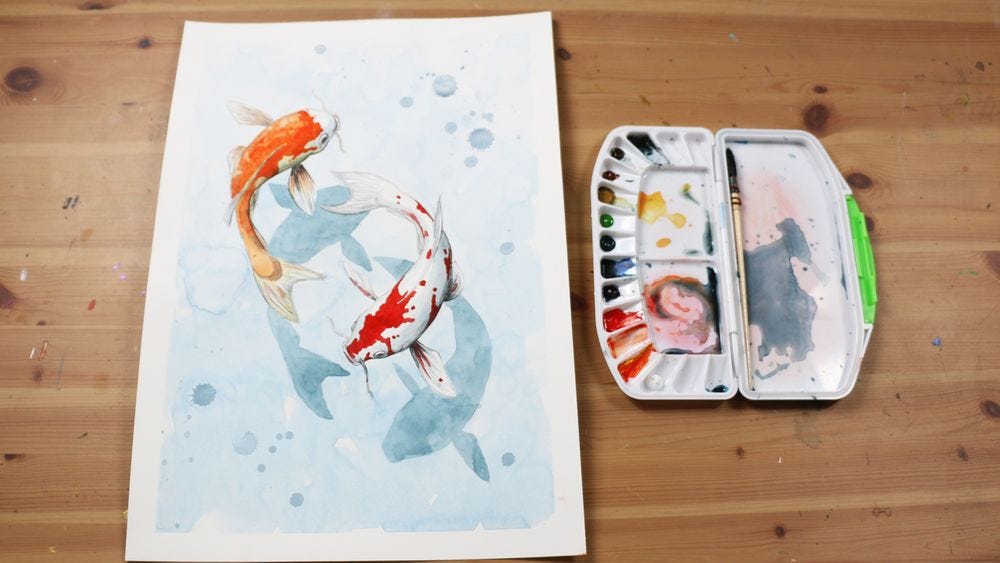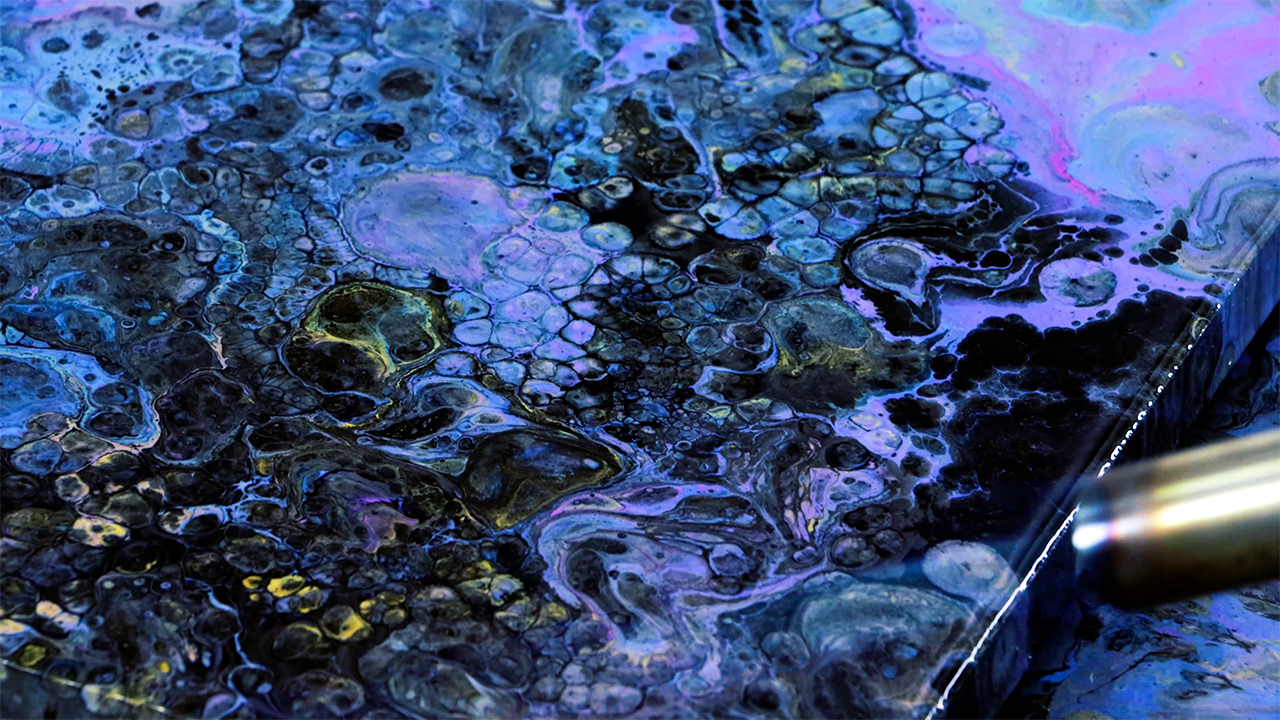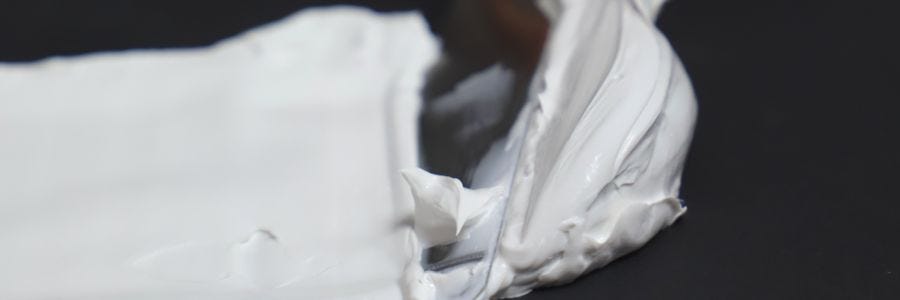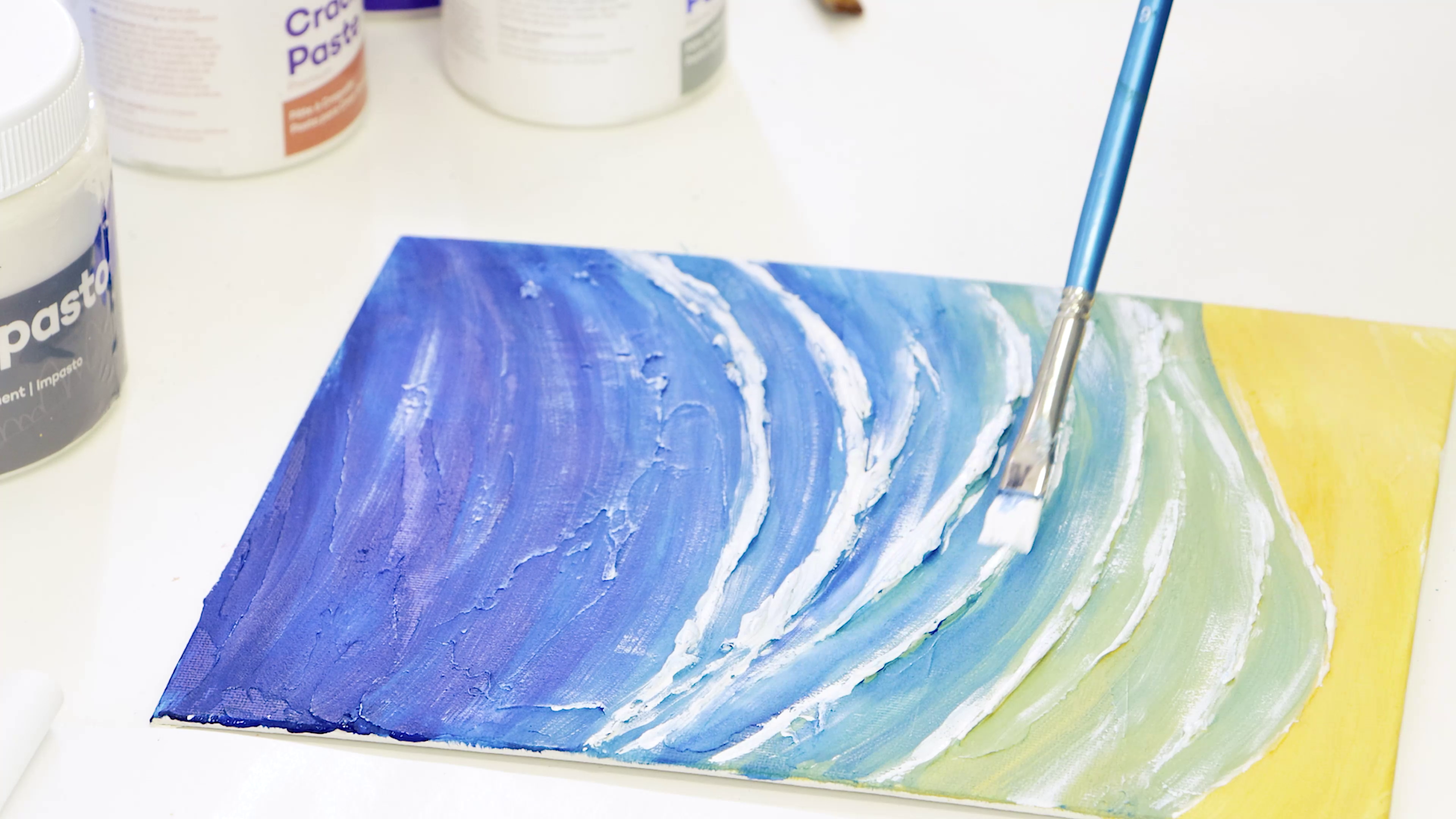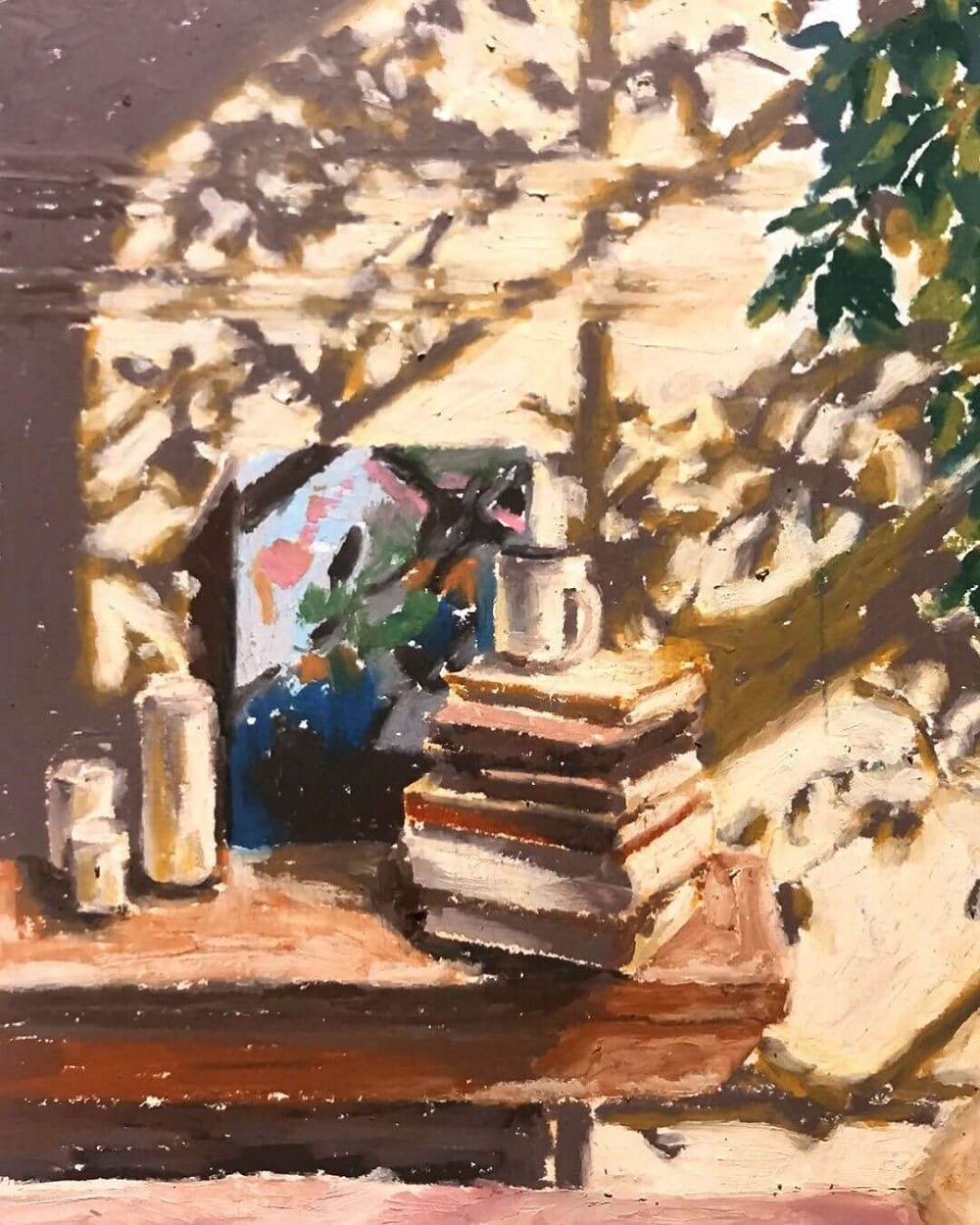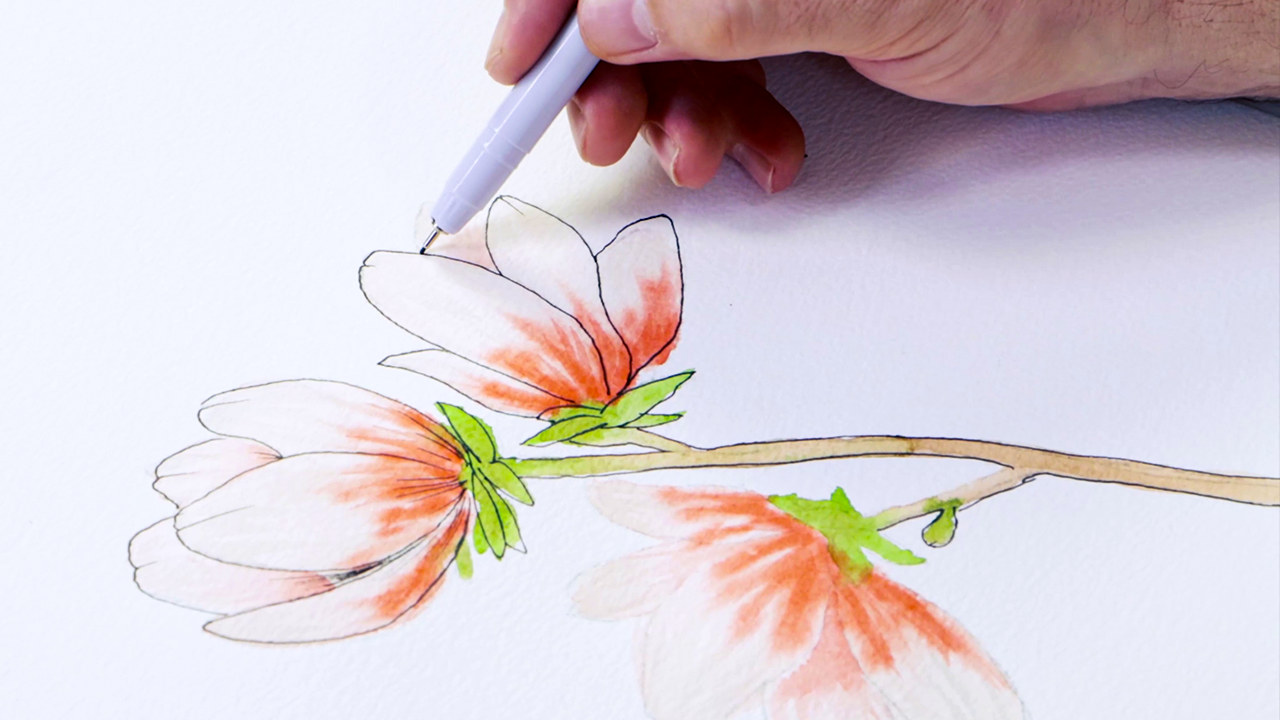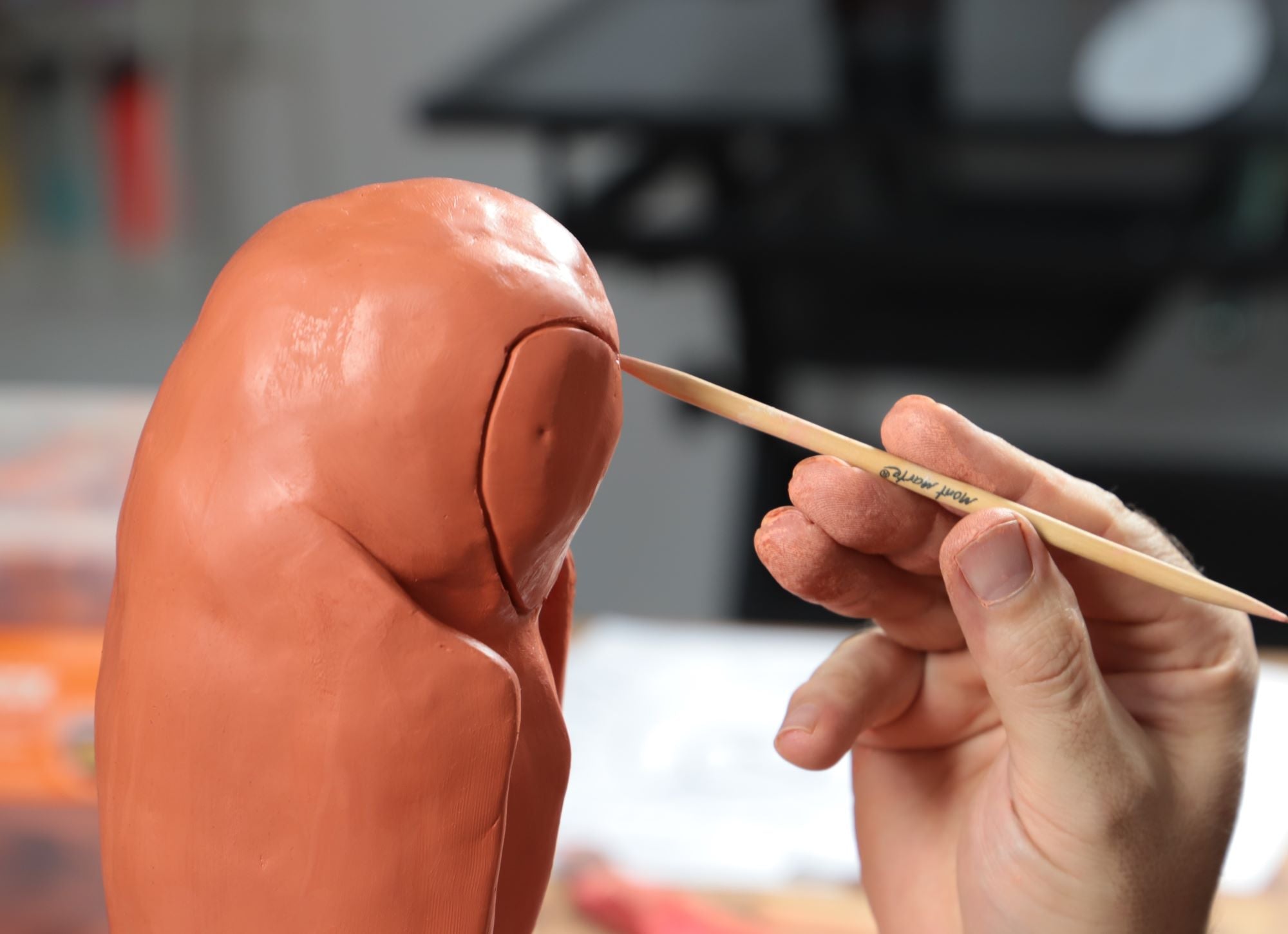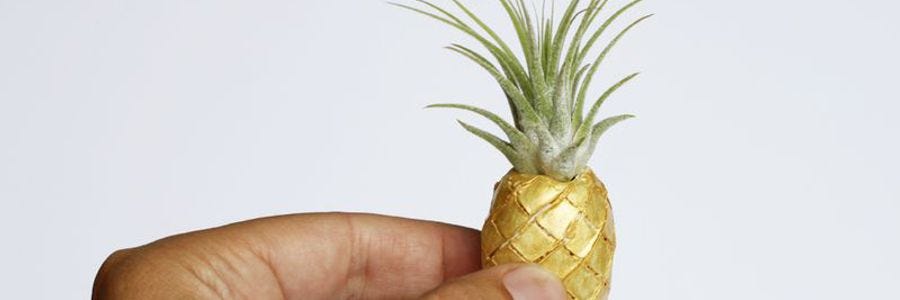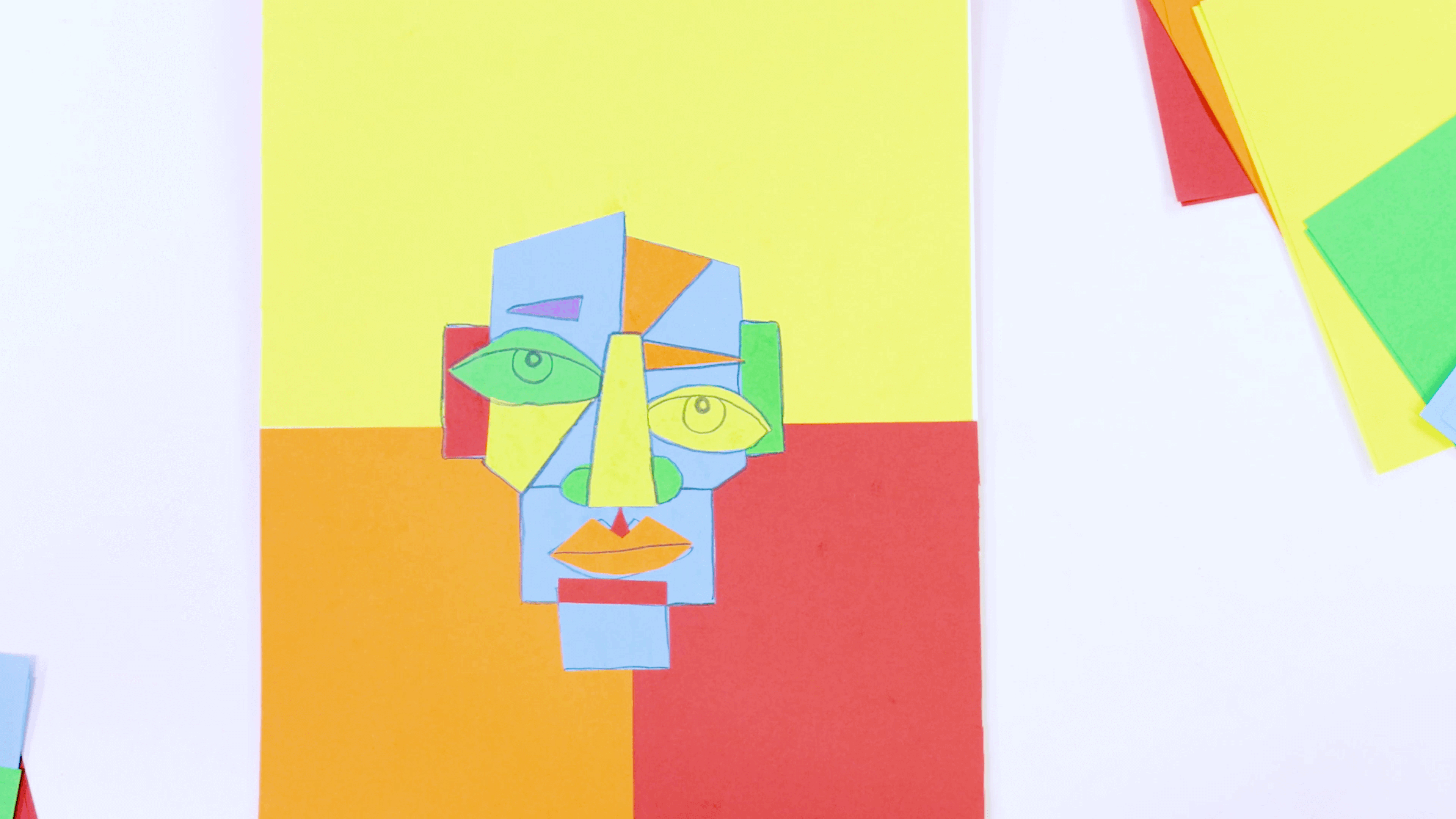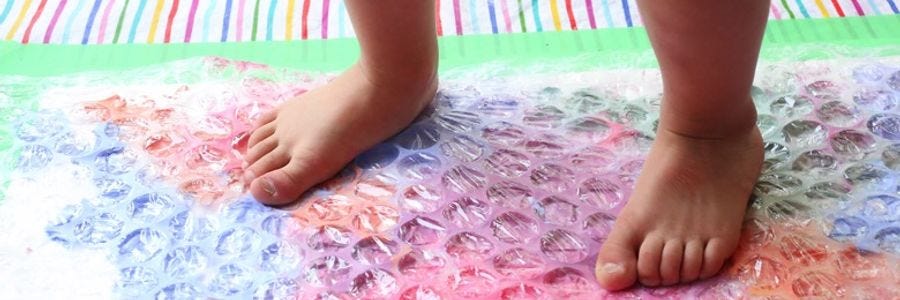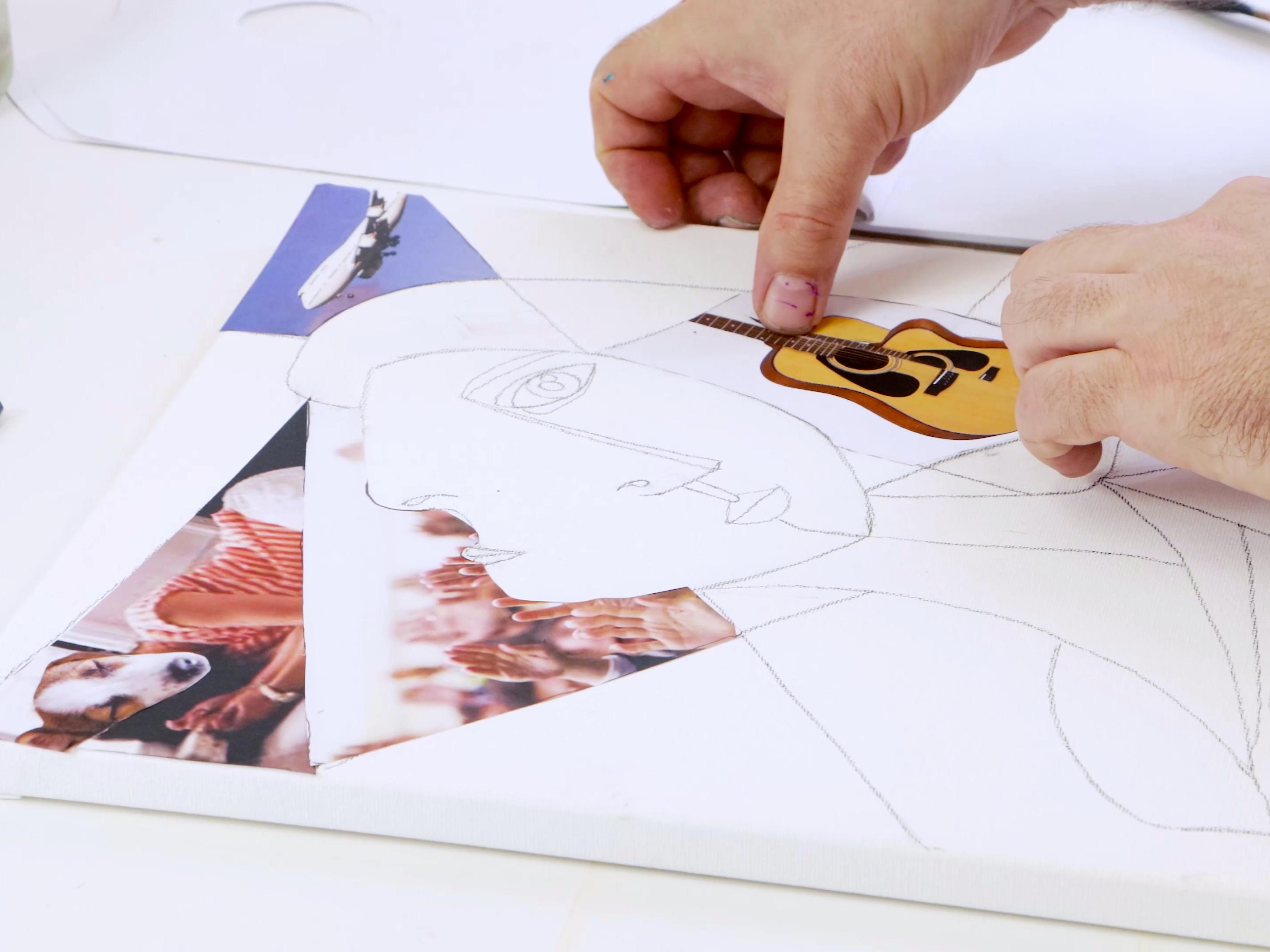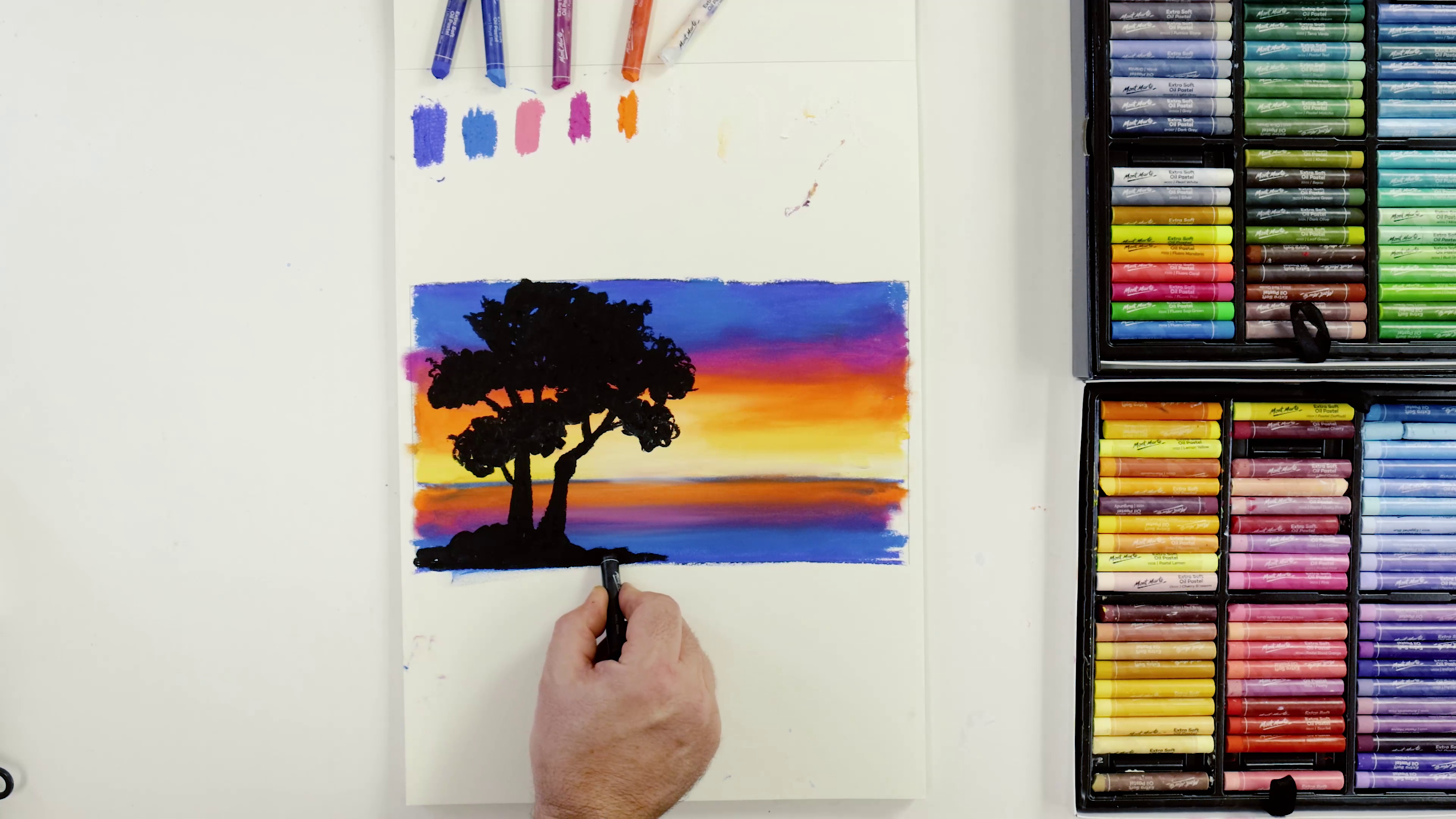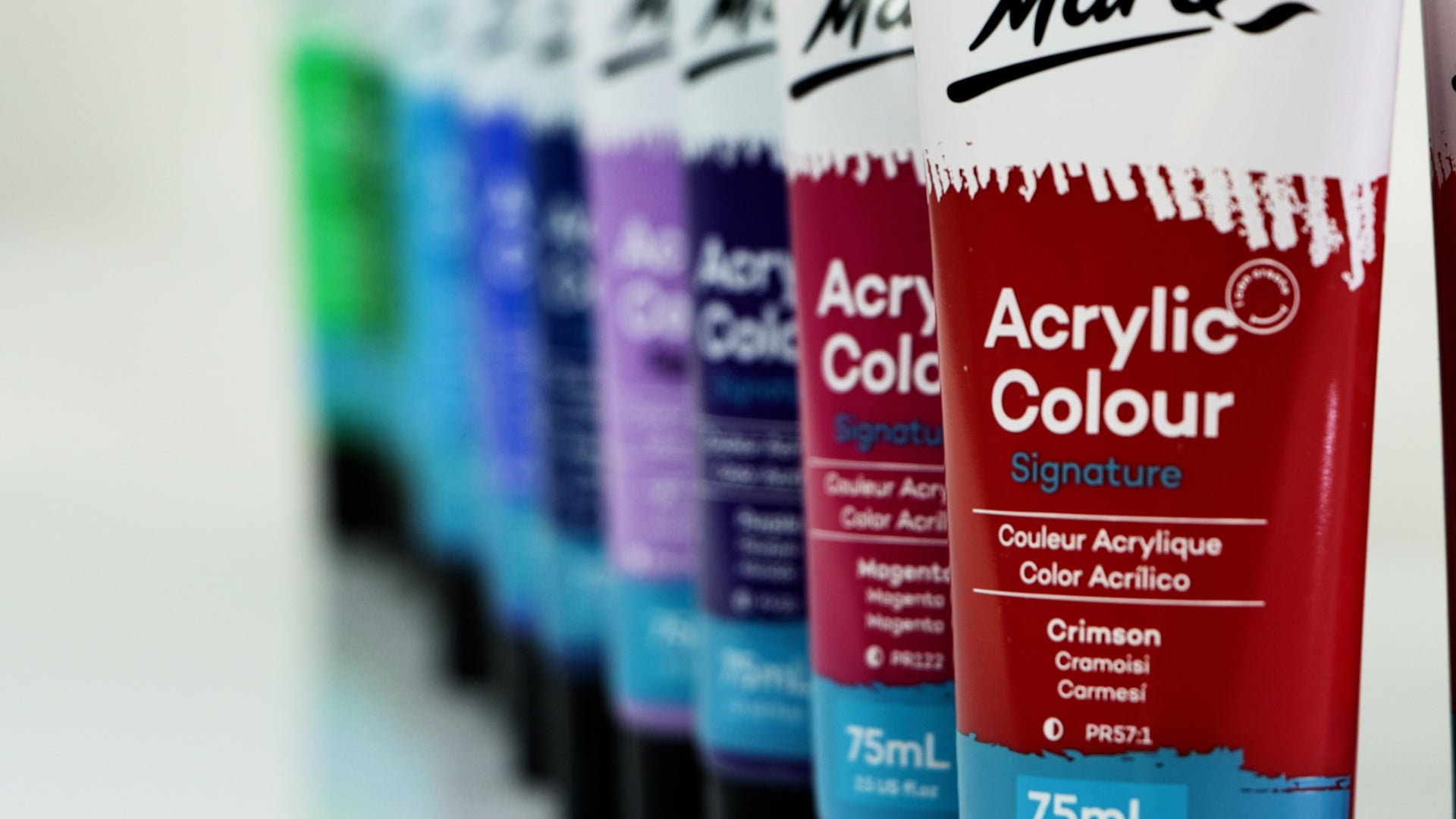Diving into mixed media projects opens up a colourful world of creativity. In this FAQs guide, we'll explore the basics, from how to do it to simple tips on choosing surfaces and keeping your artwork safe. Whether you're just starting out or have some experience under your belt, these FAQs are here to help you get the most out of your artistic adventure!
1. What is mixed media art?
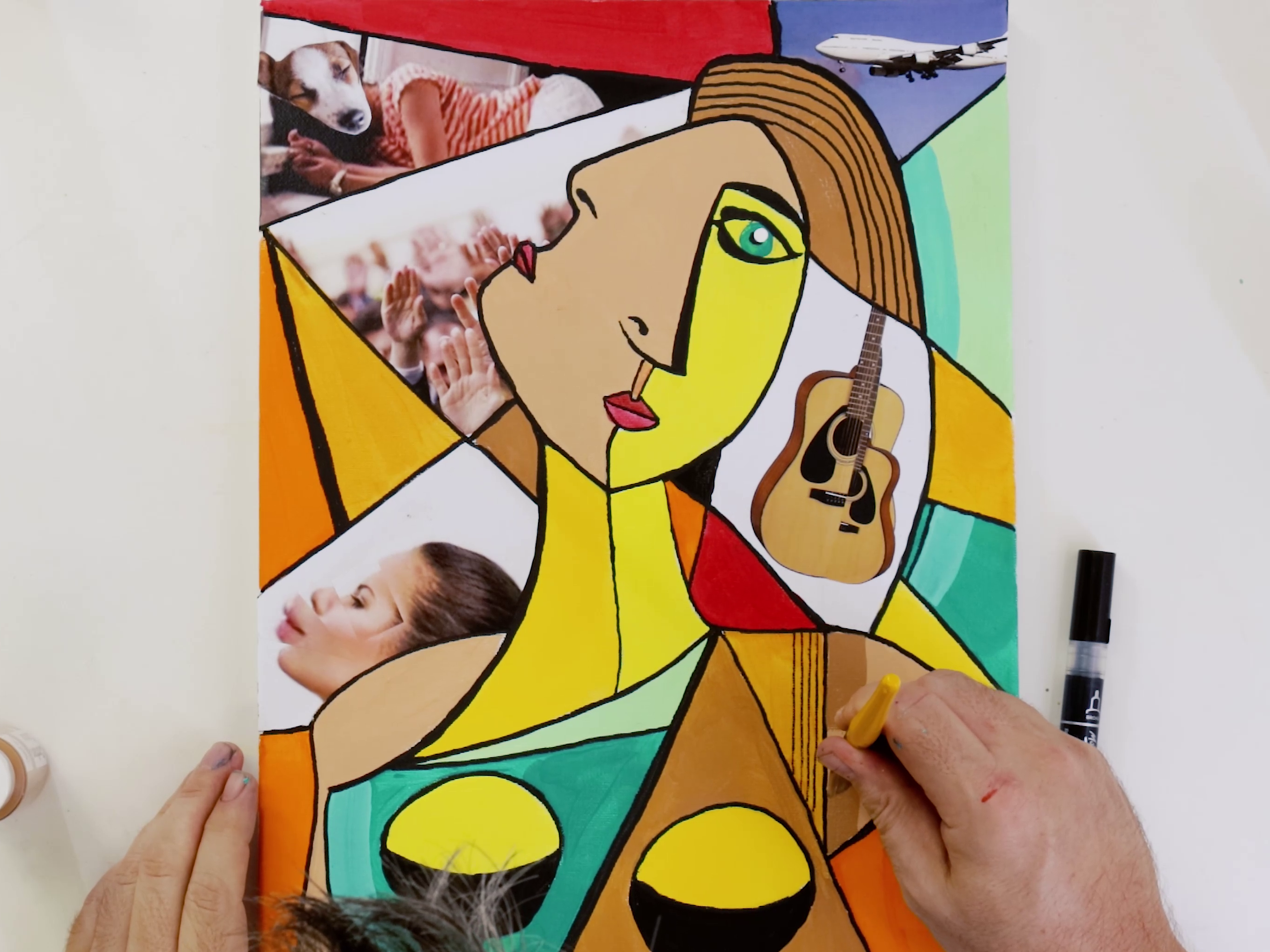
Mixed media is an expressive and freeing style where you combine various mediums, materials, and techniques within one artwork. By embracing the freedom and not limiting yourself to one medium, you can explore how paints, inks, collage, and unconventional materials work together to create bold designs.
Mixing media can be great for adding extra dimension, clarity, or texture to your artwork. You might use pens with watercolour for bold outlines or prime your canvas with modelling paste for a defined background.
2. Can I mix any art mediums?
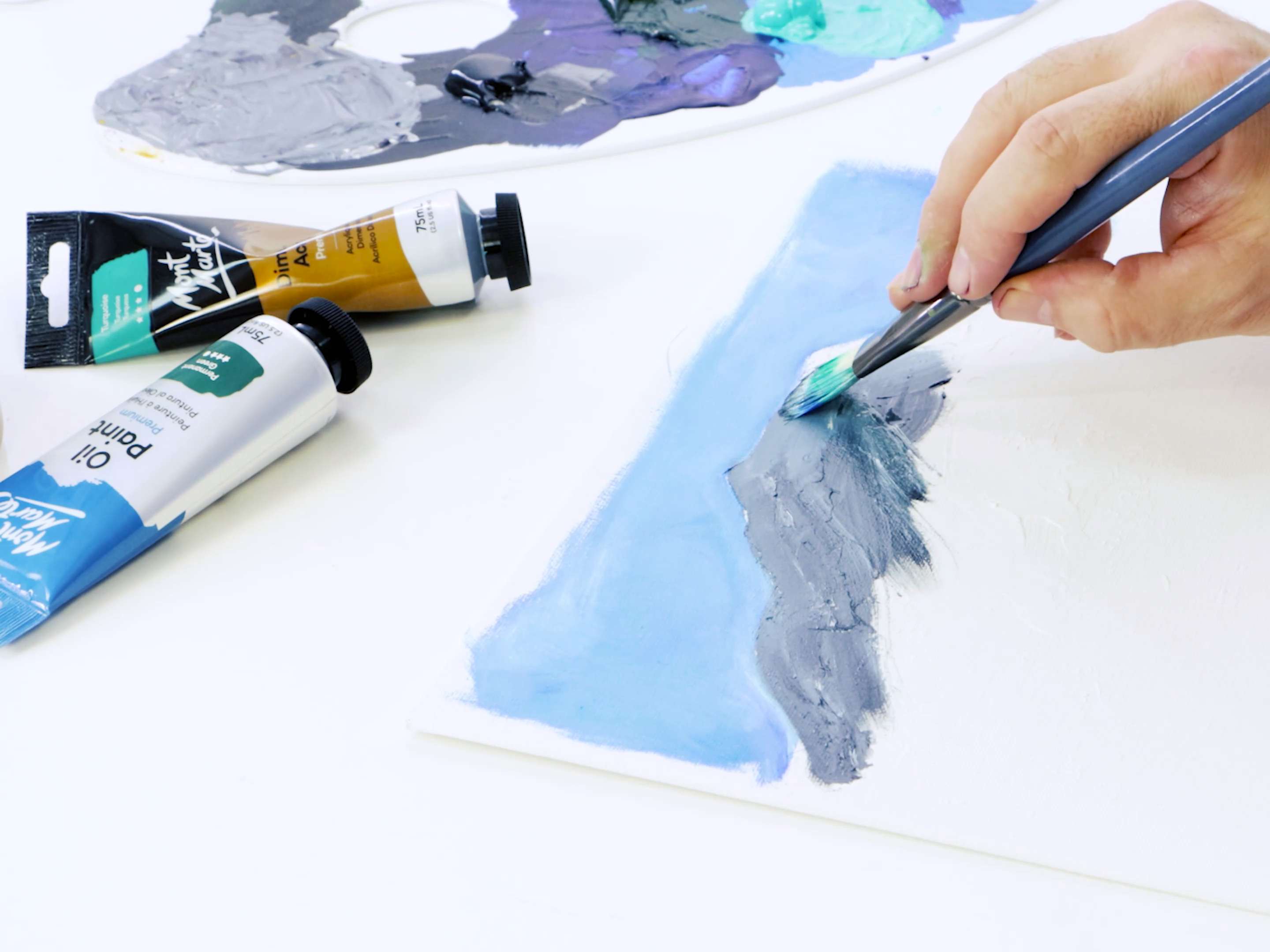
While the potential for combining art mediums is vast, compatibility is important. Experimenting with water-based and oil-based mediums while wet in the same artwork may not be the best ideas as water repels oil and vice versa (you can try layering when dry).Your chosen mediums need to adhere well to your art surface so that they stand the test of time. Having said that, we do have a video about Using Acrylics with Oils that you can check out for some pointers!
Another thing to watch out for is water-soluble mediums. These mediums reactivate or bleed when exposed to water and other fluids, so they might move as you layer your media. You may want to use this as part of the creative process, using the bleeding and shifting effects to evoke emotions with your artwork. If you want to avoid this effect, don’t mix fluid mediums with water-soluble products!
Mediums that layer well and dry permanently include Acrylic Paints and Paint Pens, Oil Pastels, Acrylic Inks, and our Technical Drawing Pens.
3. How to make mixed media texture?

If you love texture, you may find that mixing mediums is for you! You can experiment with various materials such as Modelling Paste, Sand Texture Medium, Dimension Acrylic, torn paper, or fabric scraps to create intriguing surfaces. Layering different textures not only adds depth but also provides striking visual and sensory experiences for viewers.
From rough paper edges in a collage to making a tactile beach with Sand Texture Medium, find the best texture combo for your art style!
4. Is there such a thing as paper for mixed media? What should I create on?

Yes, there is! We carry Mixed Media Paper so you can explore all sorts of mediums on a resilient surface. The paper weight is 300gsm so it resists bleed through when using fluid media. Note: if you’re opting to layer heavy-bodied mediums thickly, it may be better to try something tougher than paper.
Sturdy surfaces like canvas or wood panels are commonly used for mixed media work as they can withstand the layering of different materials. Choosing the right surface depends on the desired style, feeling, and textures you want to create so try a few and work out your fave!
5. Is sealing mixed media art easy?
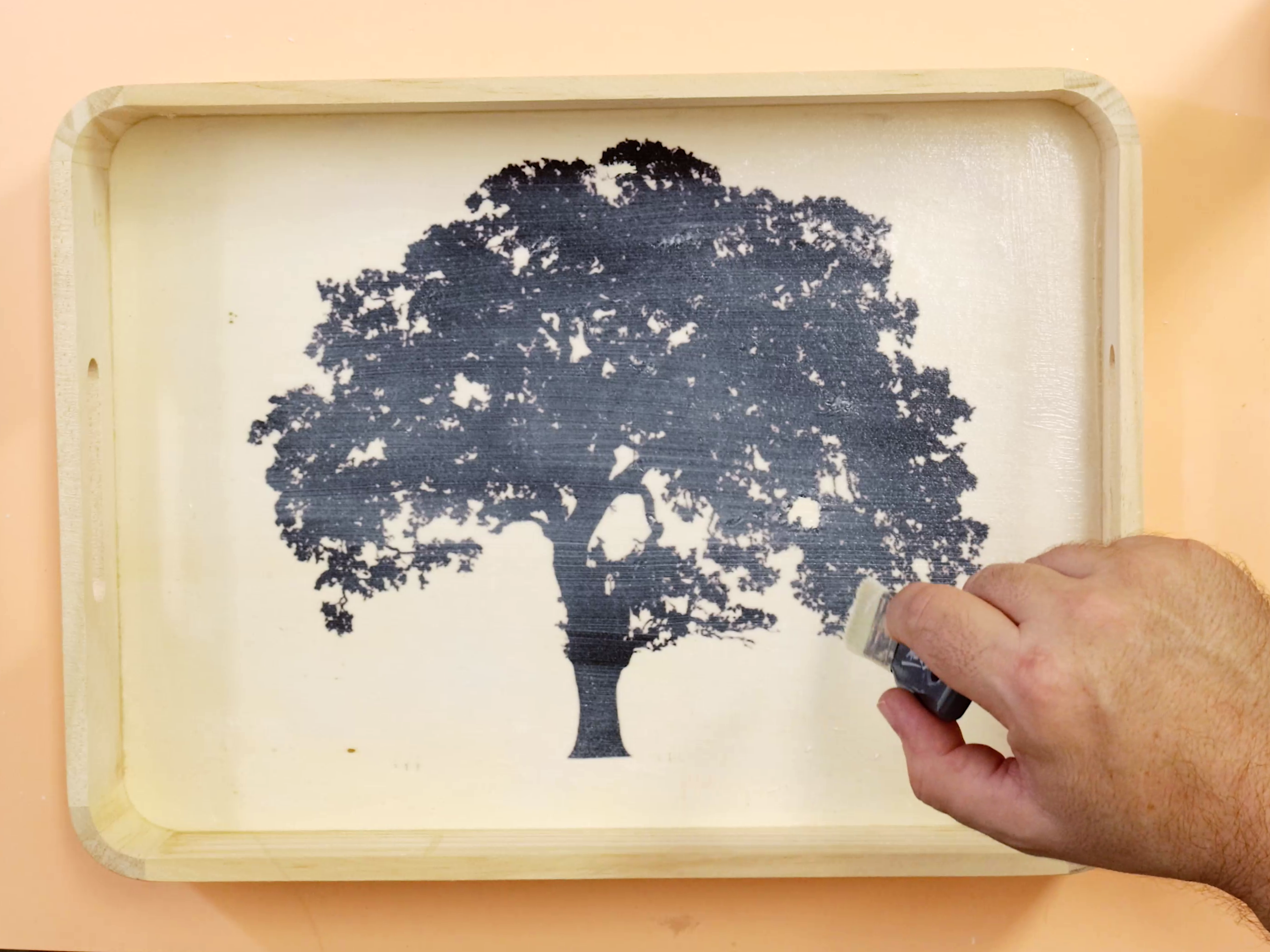
Protecting your mixed media design is a good way to make your colours and textures last longer. Grab a clear sealer or varnish, like our Deco Pudge range or Gloss Acrylic Varnish. Add an even layer to seal in your precious designs and protect them. Note: different mediums react differently to varnish, so experiment and test before sealing your work.
If you’re using water-soluble media that doesn’t play nice with varnishes (i.e., mediums that bleed or reactivate when wet like Watercolour and Gouache) then protect the painting behind a glass frame instead! This seals out dust and air, so your piece stays fresher for longer.
6. What are the challenges of mixing wet and dry media?
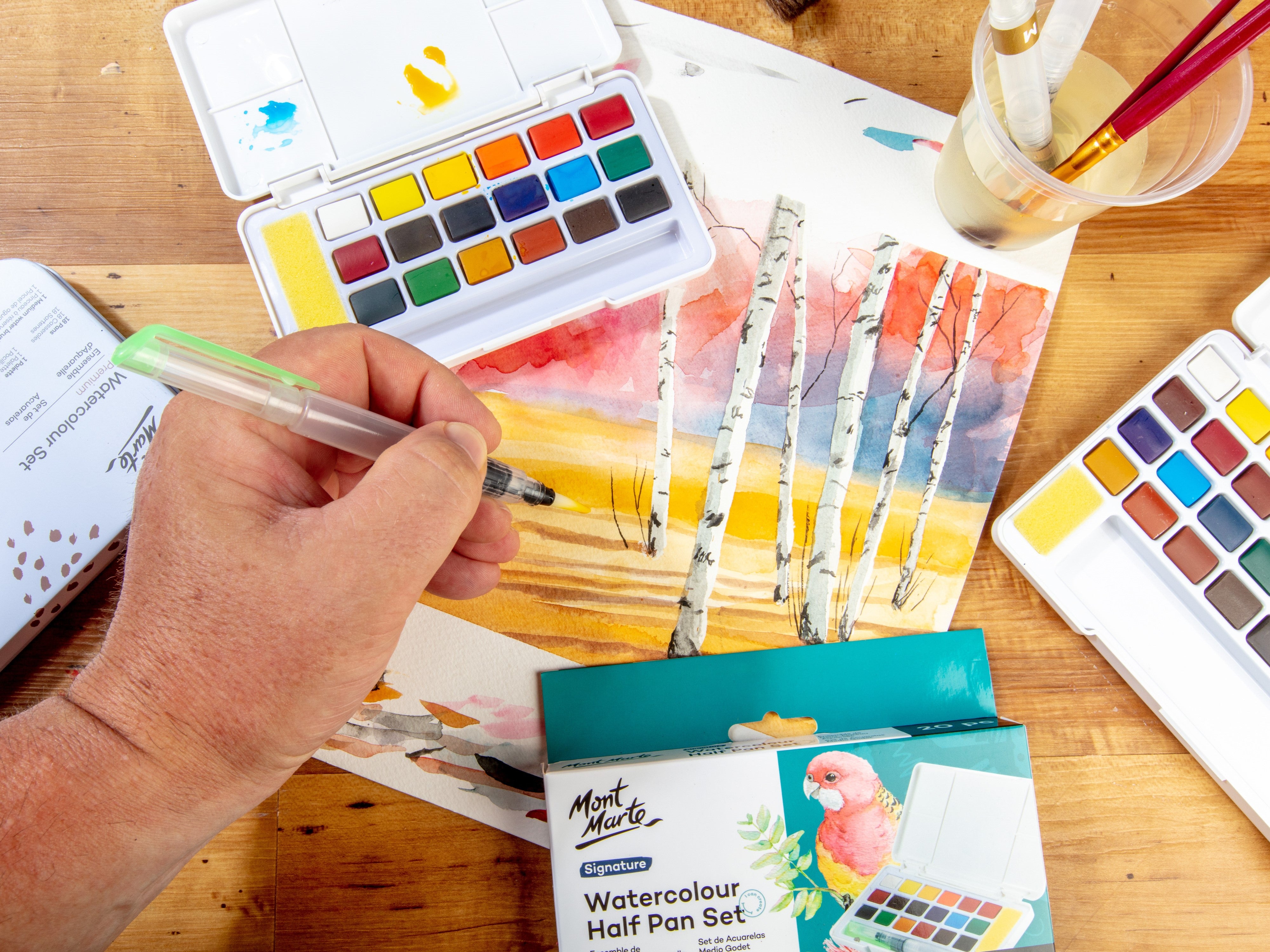
Blending wet and dry mediums, such as Watercolour and Coloured Pencils, can create challenges in the layering process. To help prevent any issues, try working from dry to wet or vice versa, allowing each layer to set before adding the next. This gives you more control over the blending process and helps stop unintended smudging.
7. I want to try using objects in art. How can I do it?
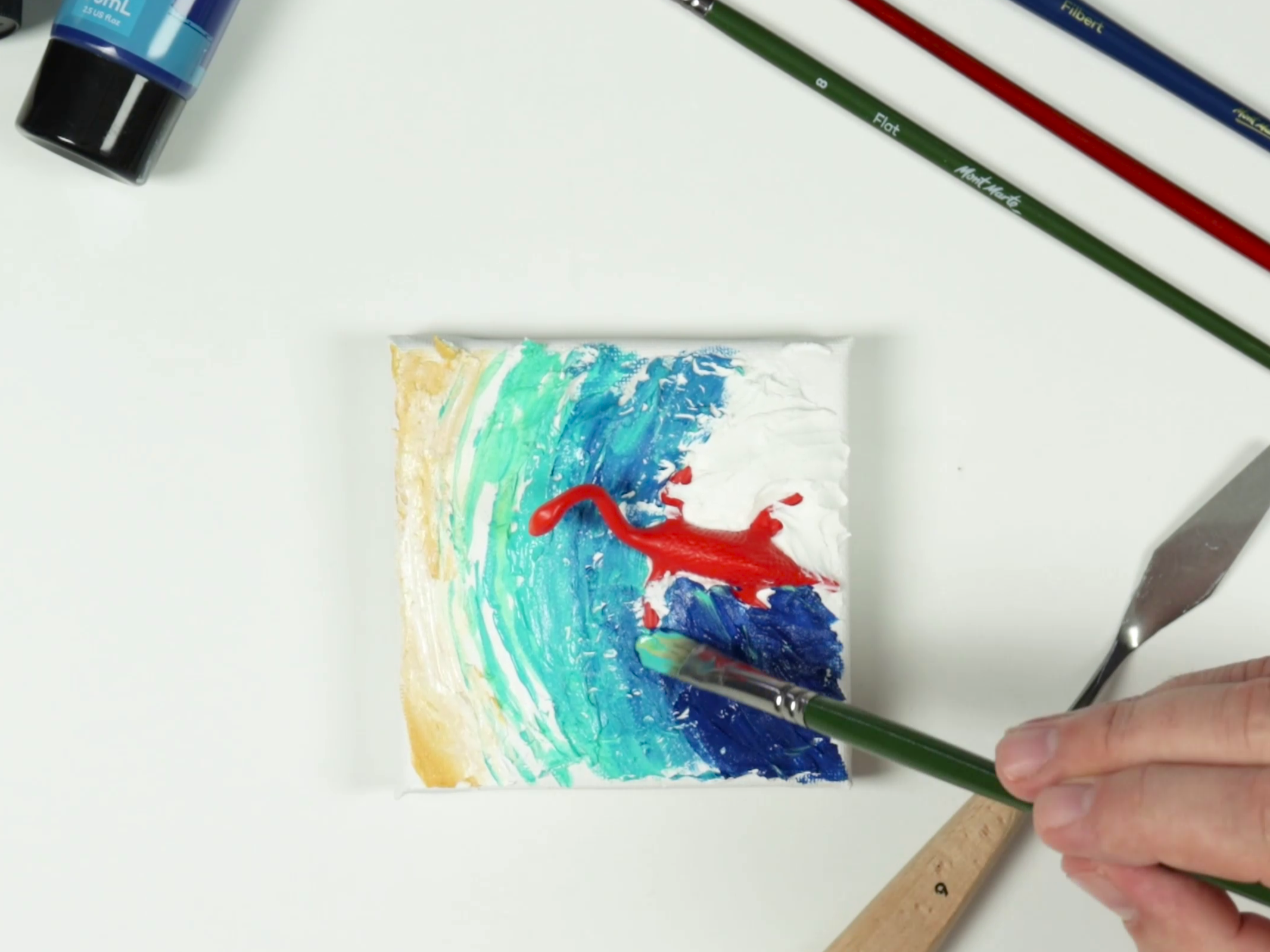
Adding objects to your artwork is a creative way to add extra depth and dimension. You can use your art as the setting for a larger story (like the toy dino swimming in the sea above) or add gems and pebbles to embellish your designs. The sky’s the limit – just use Modelling Paste to secure the objects to your art surface and away you go!
8. How to make an art photo montage?
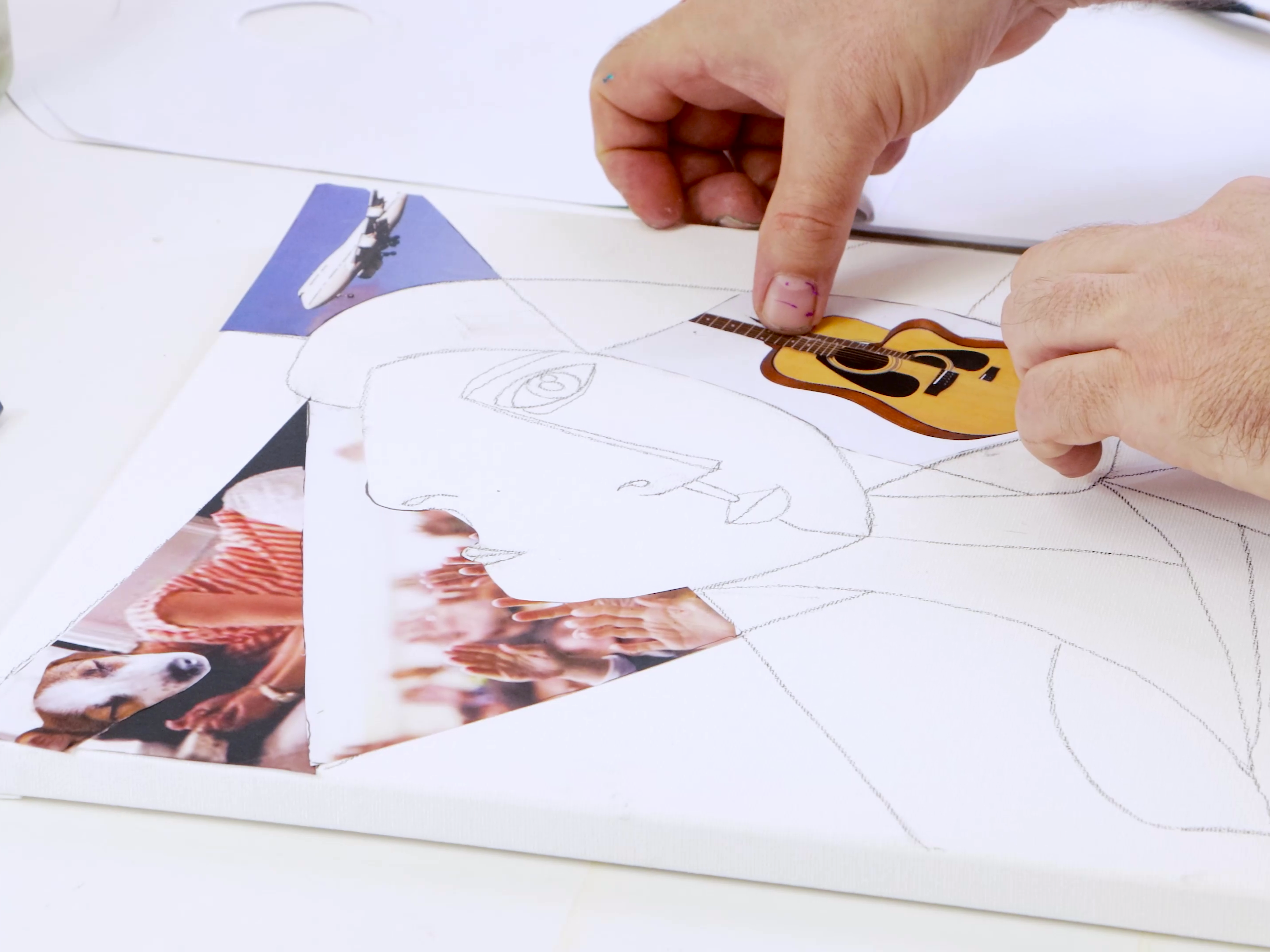
Use our ever-evolving digital world to add a personal touch to your designs! Simply print out your fave pics and stick them to your artwork. Get creative by cutting them into unique shapes and layering the photos to add texture. This is an awesome way to immortalise a memory, whether it be a special occasion or a holiday. All you need is photos, glue, and your imagination.
9. How to incorporate text in art?
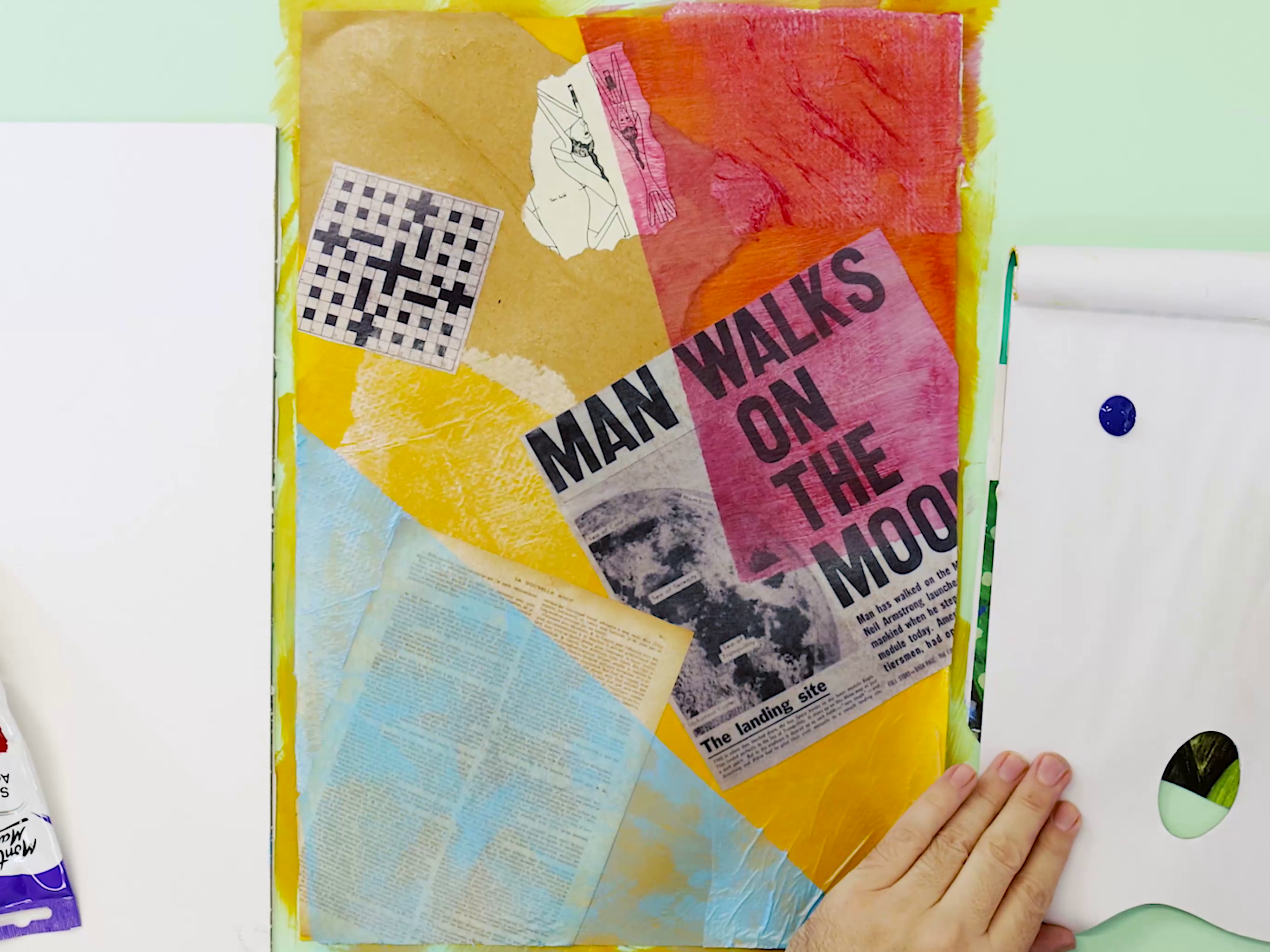
Adding text brings a storytelling dimension to your mixed media project. You can include handwritten notes, meaningful quotes, and printed words from magazines, books, and more. You can also draw letters and words on your work with mediums like Acrylic Paint Pens for customisable designs. Experiment with various fonts, sizes, and placements to enhance the narrative within the artwork. Text not only adds depth but helps viewers engage with your art, creating an immersive experience.
10. I love upcycling. How can I try mixed media DIY?

We have a handy product to help mix media for homeware DIYs. Deco Pudge is great for transferring photos, sticking media, and decoupaging designs onto furniture and more. It’s a multipurpose sealer, varnish, and glue all-in-one so you can explore loads of upcycling techniques at home! We’ve got some inspo to kick off your DIY journey in our Product Demo.
Now you know a little more about the art of mixed media, we hope you feel ready to try out a project! If you do make something, snap a pic and #montmarteart or tag us @montmarteart on Instagram or Facebook. We’re excited to see what you come up with!
For more ideas, explore our Projects and How-tos. If you’re looking for answers to more art questions, jump into our FAQs collection.
Stay up to date with the latest Mont Marte news, info, products, projects, and more by subscribing to Creative Connection down below. Simply enter your email to get loads of free art lessons and inspo sent straight to your inbox.


